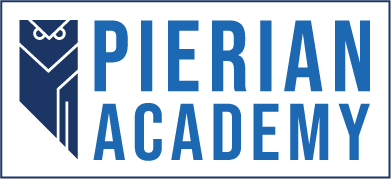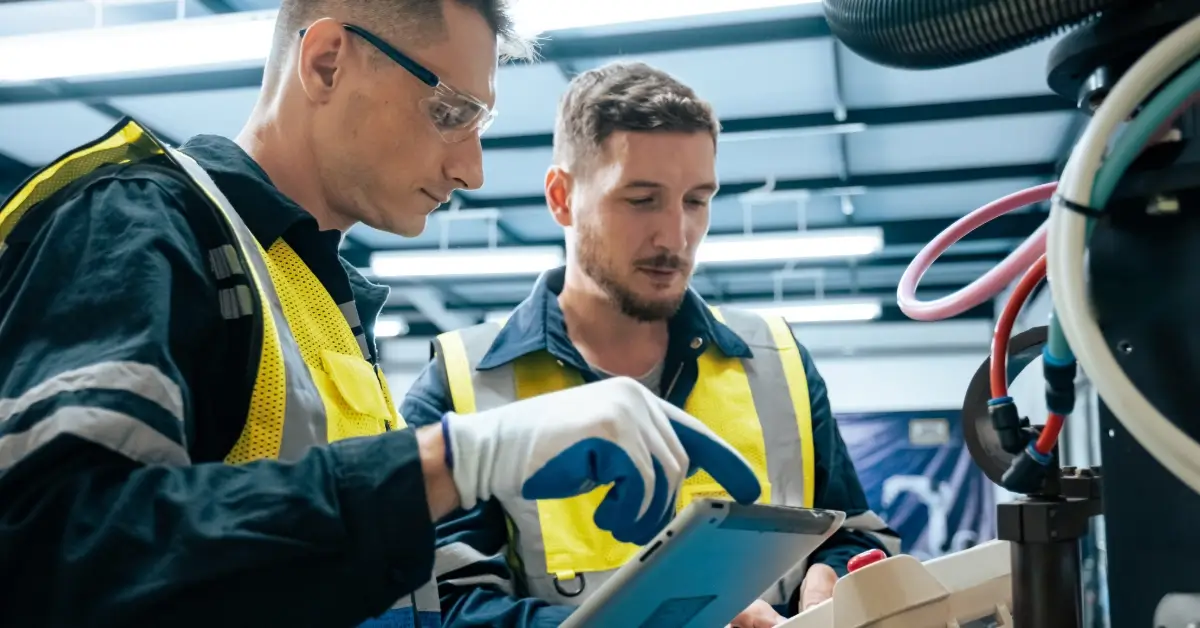Extending the lifespan of high-value assets is essential in defense, aerospace, manufacturing, and infrastructure sectors. These systems are expensive to acquire, complex to replace, and critical to mission success. To keep them performing reliably, teams must do more than just respond to failures; they must also prevent them from occurring. They must plan, use data, and apply well-defined processes. This begins with one key area: maintainability.
Maintainability is the ease with which a system or component can be repaired, serviced, or replaced. It affects downtime, repair costs, and workforce efficiency. Improving maintainability starts with training. At Pierian Academy, professionals develop skills through specialized training, including MTA, RCM, LORA, and PSA training. These courses help teams manage assets with confidence, accuracy, and efficiency.
What Is the Purpose of a Maintenance Strategy?
A maintenance strategy defines how and when actions should be taken to keep equipment running. It is not just a repair plan. It sets clear rules for prevention, inspection, servicing, and part replacement. Without a maintenance strategy, systems often break down, and repairs take longer to complete. This leads to higher costs and reduced availability.
A strong maintenance strategy includes:
- Scheduled inspections and replacements
- Use of condition-monitoring data
- Repair thresholds and support levels
- Clear task assignments and documentation
Training in Reliability Centered Maintenance (RCM) teaches how to define these strategies based on actual asset performance and risk. RCM helps teams ask the right questions: What fails? Why? What happens when it fails? What can be done to prevent or detect failure?
By utilizing these methods, teams enhance safety, reduce life cycle costs, and increase mission readiness.
The 5 Key Stages of Asset Life Cycle Management
Improving asset lifespan requires understanding the full life cycle. Each phase presents a chance to influence performance and cost. The five stages are:
- Acquisition – Select systems that meet both functional and supportability goals. Design reviews should include maintainability criteria.
- Operation – Use the asset under defined conditions. Track hours, cycles, and usage patterns to optimize performance. This data feeds into maintenance decisions.
- Maintenance – Apply scheduled and unscheduled actions—record findings. Improve methods based on results.
- Upgrade or Modification – Replace or update parts when they are no longer supported or when requirements change.
- Disposal – Retire the asset in a way that is safe, compliant, and cost-efficient.
Training in Product Support Analysis (PSA) and Level of Repair Analysis (LORA) prepares teams to make informed decisions at every stage. PSA helps define support needs. LORA decides the most cost-effective maintenance level—field, depot, or replacement.
Maintainability Training Techniques
Modern maintainability training focuses on analysis, simulation, and cost modeling. It does not rely on trial and error.
Professionals learn how to:
- Identify tasks needed for fault isolation and repair.
- Estimate time, tools, personnel, and skill requirements.
- Streamline designs to simplify maintenance.
- Simulate maintenance activities using a software tool.
- Use historical failure data to improve future planning.
The Level of Repair Analysis course introduces proven methods to decide when to repair, replace, or discard. LORA supports budget planning, logistic footprint reduction, and better supply chain decisions.
When teams utilize these techniques, they reduce downtime, avoid over-maintenance of systems, and enhance planning accuracy.
How MTA Training Programs Build Maintainability Skills
The MTA training course at Pierian Academy teaches Maintenance Task Analysis in a straightforward, step-by-step process. MTA is the foundation for creating maintenance procedures, technical manuals, and training plans.
Students learn how to:
- Break down systems into parts and subsystems.
- Identify each part’s maintenance tasks.
- Define the task frequency, duration, tools, and personnel required.
- Assess safety risks and human factors.
- Link MTA outputs to provisioning and documentation.
MTA makes support requirements visible and measurable. It connects design decisions with real-world maintenance. Engineers use MTA results to communicate clearly with logistics, training, and field personnel.
How to Improve an Asset Management Plan
A well-structured asset management plan reduces cost and risk.
To improve your plan:
- Start with RCM – Identify what is critical and what must not fail.
- Apply LORA – Choose the best repair or replacement level.
- Use PSA – Plan tools, training, and spares before they are needed.
- Build MTA data – Ensure tasks are well-defined and thoroughly documented.
Pierian Academy offers a full range of training courses to help teams do this work effectively. Engineers, logisticians, and planners leave each course with explicit knowledge they can apply on the job.
Why Training Matters for Life Cycle Strategy
Without proper training, decisions are inconsistent and based on guesses. That leads to overstocked warehouses, delayed repairs, and wasted labor. Training provides structure. It gives professionals a common language and method. This consistency improves life cycle planning from start to finish.
Benefits of maintainability training include:
- Lower operational costs
- Improved readiness and uptime
- Fewer repair delays
- Clearer documentation
- Safer maintenance procedures
Training programs, such as Reliability Centered Maintenance and Level of Repair Analysis, help organizations meet industry and government standards. These trainings align with global best practices and real-world applications.
Ready to Strengthen Your Supportability Capabilities?
Visit Pierian Academy to learn more about our advanced training programs. Each course is designed to meet international standards and technical requirements in the field of supportability. Whether you manage logistics, design systems, or support long-life assets, Pierian Academy provides the knowledge and skills to improve performance, reduce costs, and extend asset lifespan.



